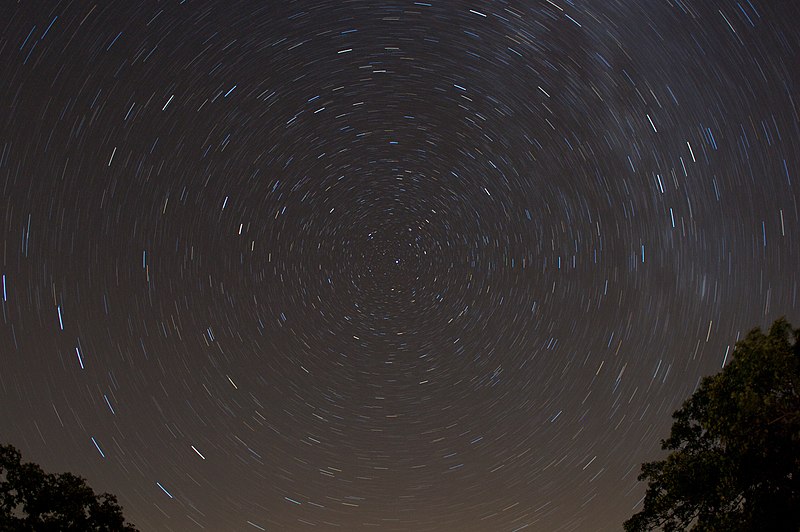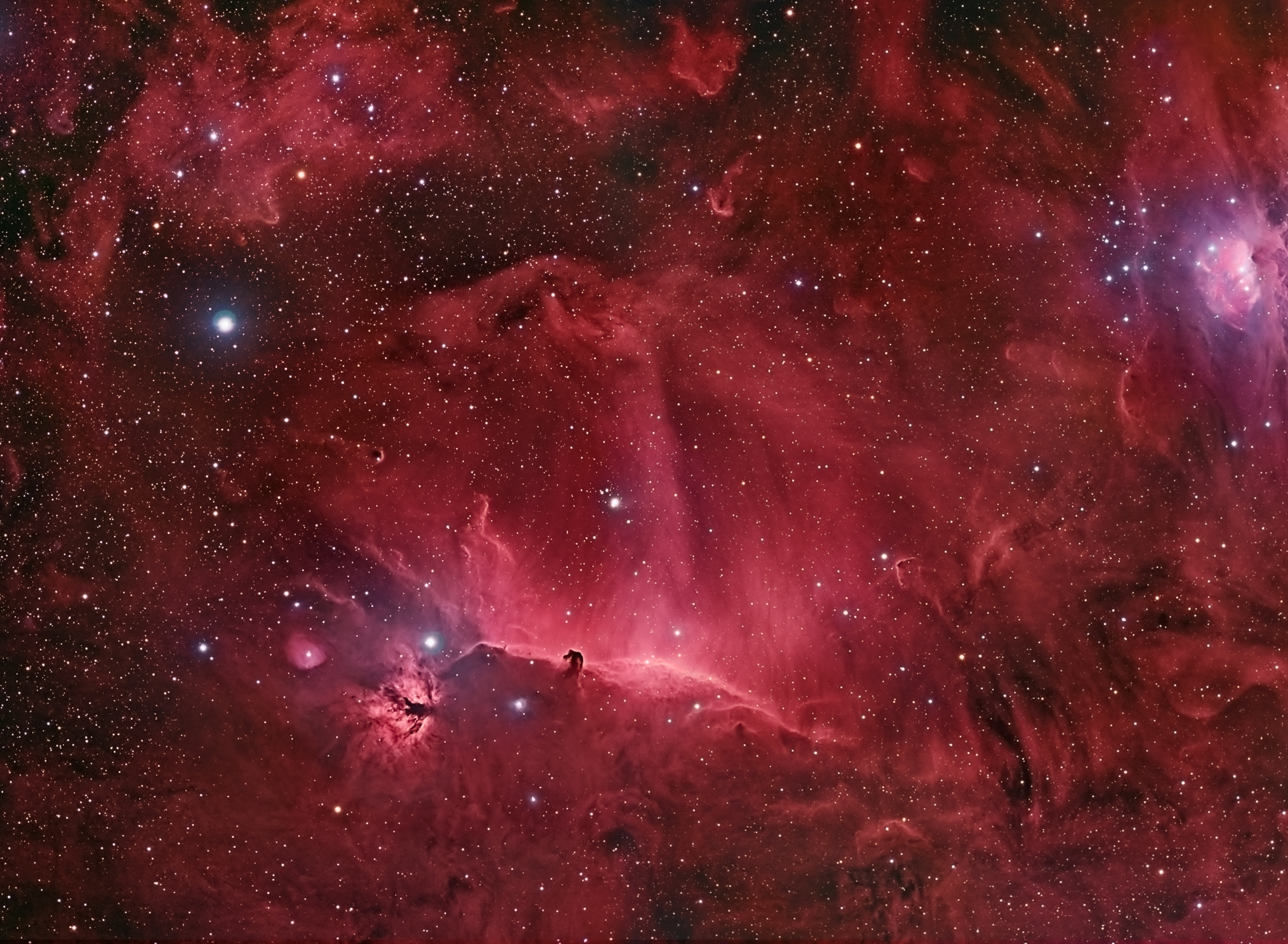"Guiding Light: The Marvels of Polaris, the North Star" on the Translunar Podcast.
Image courtesy of Wikimedia Commons
"Guiding Light: The Marvels of Polaris, the North Star" on the Translunar Podcast.
Image courtesy of Wikimedia Commons
 I enjoy stargazing for many reasons, one of which is to get a sense of the motion of the sky as viewed from our vantage point here on Earth. As I have traveled around the globe, I've always tried to observe how the sky changes depending on where you view it from. One of the more fundamental things you can observe is the dynamic of the stars and constellations in the northern sky. For those of us who dwell in North America, we see the north star, Polaris, at the same height in the sky as we are located north of the equator. That is, for San Francisco at approximately 38 degrees north latitude, Polaris can be found due north, 38 degrees above the horizon.
I enjoy stargazing for many reasons, one of which is to get a sense of the motion of the sky as viewed from our vantage point here on Earth. As I have traveled around the globe, I've always tried to observe how the sky changes depending on where you view it from. One of the more fundamental things you can observe is the dynamic of the stars and constellations in the northern sky. For those of us who dwell in North America, we see the north star, Polaris, at the same height in the sky as we are located north of the equator. That is, for San Francisco at approximately 38 degrees north latitude, Polaris can be found due north, 38 degrees above the horizon. equator. However, the stars that surround Polaris also never dip below the horizon, but rather circle around Polaris in a 24-hour spiral that turns counter-clockwise. Long-exposure photographs show this effect very vividly.
equator. However, the stars that surround Polaris also never dip below the horizon, but rather circle around Polaris in a 24-hour spiral that turns counter-clockwise. Long-exposure photographs show this effect very vividly.
